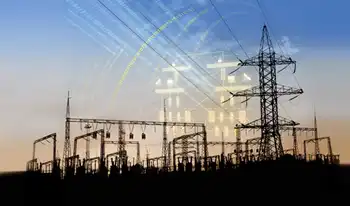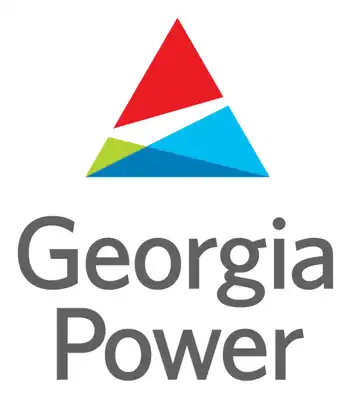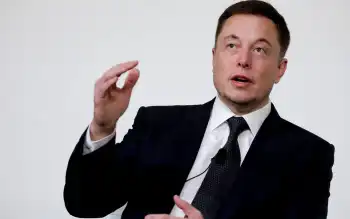Power agency criticizes Bush BPA plan
KALISPELL, MONTANA - A Bush administration proposal to cap loans to the Bonneville Power Administration could slash fish, wildlife and alternative-energy programs and raise rates for hydropower consumers, according to the Northwest Power and Conservation Council.
The council, a multistate agency charged by Congress with balancing the region's need for reliable and affordable hydropower against the needs of fish and wildlife, released a report on the issue recently.
The White House proposal, part of a draft federal budget document, would effectively limit to $4.45 billion the amount of money the Bonneville Power Administration can borrow. Bonneville is a government agency that markets power produced at 31 federal dams on the Columbia River system.
Bonneville uses loans to pay for fish and wildlife projects such as hatcheries, and for investments in the regionwide power system, including energy conservation, transmission lines and power plant construction.
"The administration's proposal would hit hard, forcing an unnecessary, unwanted competition for funding among important investments that Bonneville needs to make," said Melinda Eden, council chairwoman. "The losers would be the region's rate payers, who face the possibility of a less reliable power supply, rate increases and slower progress in protecting fish and wildlife."
As a government agency, Bonneville can't issue stock to raise money and instead relies on borrowed funds. Currently, Bonneville can borrow up to $4.45 billion from the U.S. Treasury, repaying the treasury with revenue from power generation.
Bonneville can also issue "third-party debt," where private investors act much like the government. The agency pays over time for system improvements made by investors, using money generated by leases it holds on those power or transmission investments.
There is no government-mandated cap on the third-party debt.
The Bush administration proposal would put the third-party debt under the umbrella of Treasury debt, capping Bonneville's total borrowing power at $4.45 billion.
"This change seems subtle," said the council's John Harrison, "but it would dramatically affect BPA's ability to do what it needs to do."
The power marketer, directed in large part by Congress, must sell hydropower, maintain the transmission grid, invest in fish and wildlife programs to offset the impacts of big federal dams, encourage energy conservation to limit rate increases and explore alternative and renewable energy sources.
Limiting the ability to borrow means Bonneville is faced with either reducing funding for some programs or raising rates, Harrison said. The fish and wildlife programs would probably be the first to go.
Related News

Grid coordination opens road for electric vehicle flexibility
WASHINGTON - As electric vehicle (EV) sales continue to rev up in the United States, the power grid is in parallel contending with the greatest transformation in its 100-year history: the large-scale integration of renewable energy and power electronic devices. The expected expansion of EVs will shift those challenges into high gear, causing cities to face gigawatt-growth in electricity demand and higher amounts of variable energy.
Coordinating large numbers of EVs with the power system presents a highly complex challenge. EVs introduce variable electrical loads that are highly dependent on customer behavior. Electrified transportation involves co-optimization with other energy systems, like…




